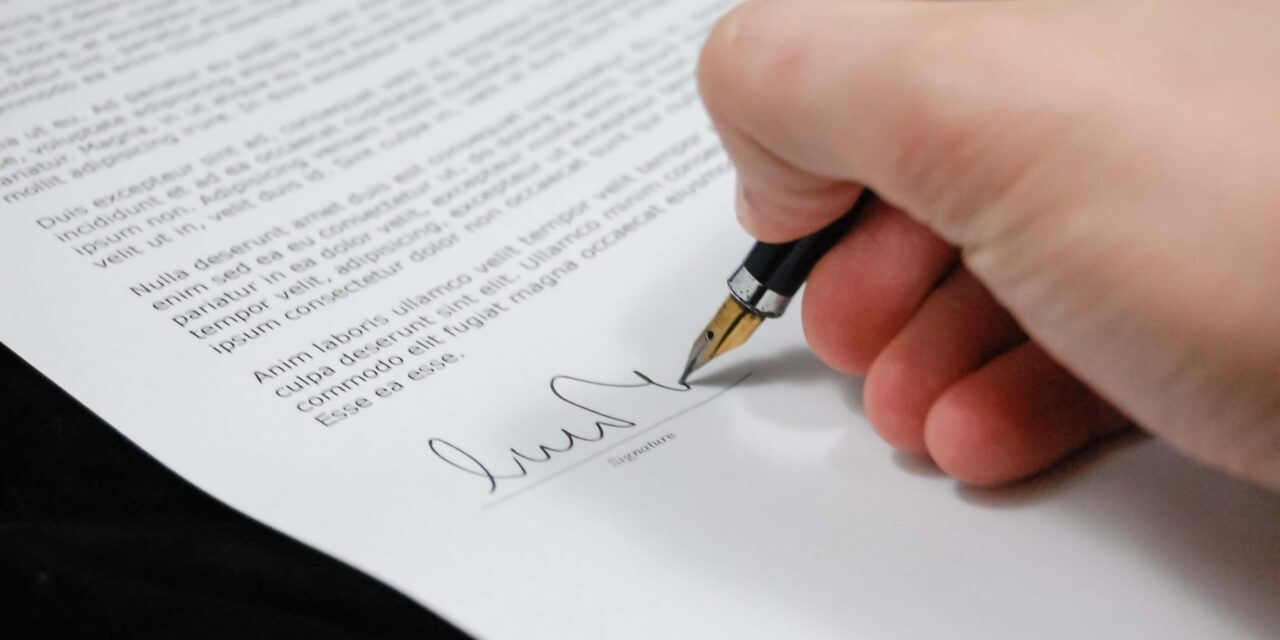
How to Gather Medical Evidence for SSD and SSI Claims

When applying for Social Security Disability (SSD) or Supplemental Security Income (SSI) benefits in Los Angeles, it is crucial to gather comprehensive medical evidence to support your claim. Strong medical evidence plays a vital role in establishing the presence and severity of your disability. Let’s explore the steps to gather the necessary medical evidence for SSD and SSI claims.
Step 1: Consult with Healthcare Providers
Begin by consulting with your healthcare providers, such as doctors, specialists, therapists, or psychologists. Inform them about your intention to apply for SSD or SSI benefits and request their assistance in providing supporting medical documentation. Ensure that your healthcare providers have a clear understanding of your disabling condition, its impact on your daily activities, and any limitations or restrictions it imposes.
Step 2: Request Medical Records
Request copies of your medical records from all relevant healthcare providers. This may include doctors’ reports, test results, treatment plans, surgical notes, therapy notes, and any other documentation that demonstrates the nature and severity of your disability. Contact each healthcare provider’s office and follow their procedures for obtaining medical records. It is essential to gather records from both treating physicians and specialists who have evaluated your condition.
Step 3: Include Diagnostic Tests and Imaging Results
Collect diagnostic tests and imaging results that support your disability claim. These may include X-rays, MRIs, CT scans, blood tests, and any other relevant tests that provide objective evidence of your condition. These tests can help substantiate your claim and demonstrate the severity and limitations caused by your disability.
Step 4: Obtain Statements from Healthcare Providers
Request written statements or medical opinions from your healthcare providers regarding your disability and its impact on your ability to work. These statements should detail your diagnosis, treatment history, prognosis, functional limitations, and any restrictions that prevent you from performing substantial gainful activity (SGA). Such statements can significantly strengthen your claim and provide important insight into the severity of your disability.
Step 5: Keep a Symptom and Treatment Journal
Maintain a detailed symptom and treatment journal to record your daily experiences, including symptoms, pain levels, side effects of medication, and any challenges you face due to your disability. This journal can serve as additional evidence and provide a more comprehensive picture of how your disability affects your daily life and ability to work.
Step 6: Organize and Submit the Medical Evidence
Organize all the gathered medical evidence in a clear and systematic manner. Make sure each document is labeled and dated. Include a cover letter summarizing the contents of the medical evidence and how it supports your claim for SSD or SSI benefits. Submit the organized medical evidence along with your application to the Social Security Administration (SSA) as instructed in the application guidelines.
Conclusion
Gathering strong medical evidence is crucial for a successful SSD or SSI claim in Los Angeles. By consulting with healthcare providers, obtaining medical records and diagnostic tests, securing statements from providers, maintaining a symptom and treatment journal, and organizing the evidence effectively, you can strengthen your claim and provide the necessary documentation to support the presence and severity of your disability. It is advisable to seek assistance from professionals specializing in disability claims to ensure all relevant medical evidence is gathered and submitted correctly.








